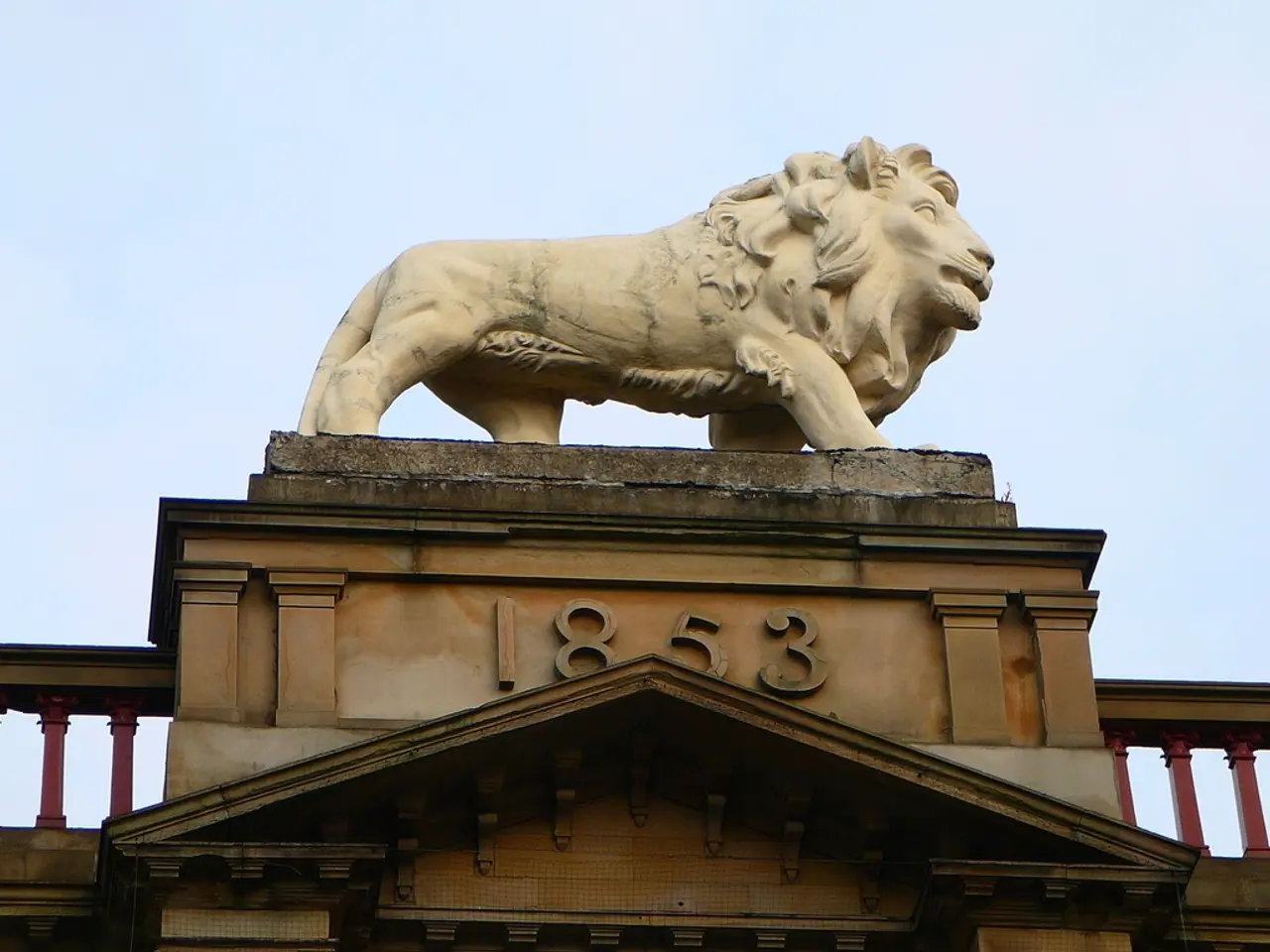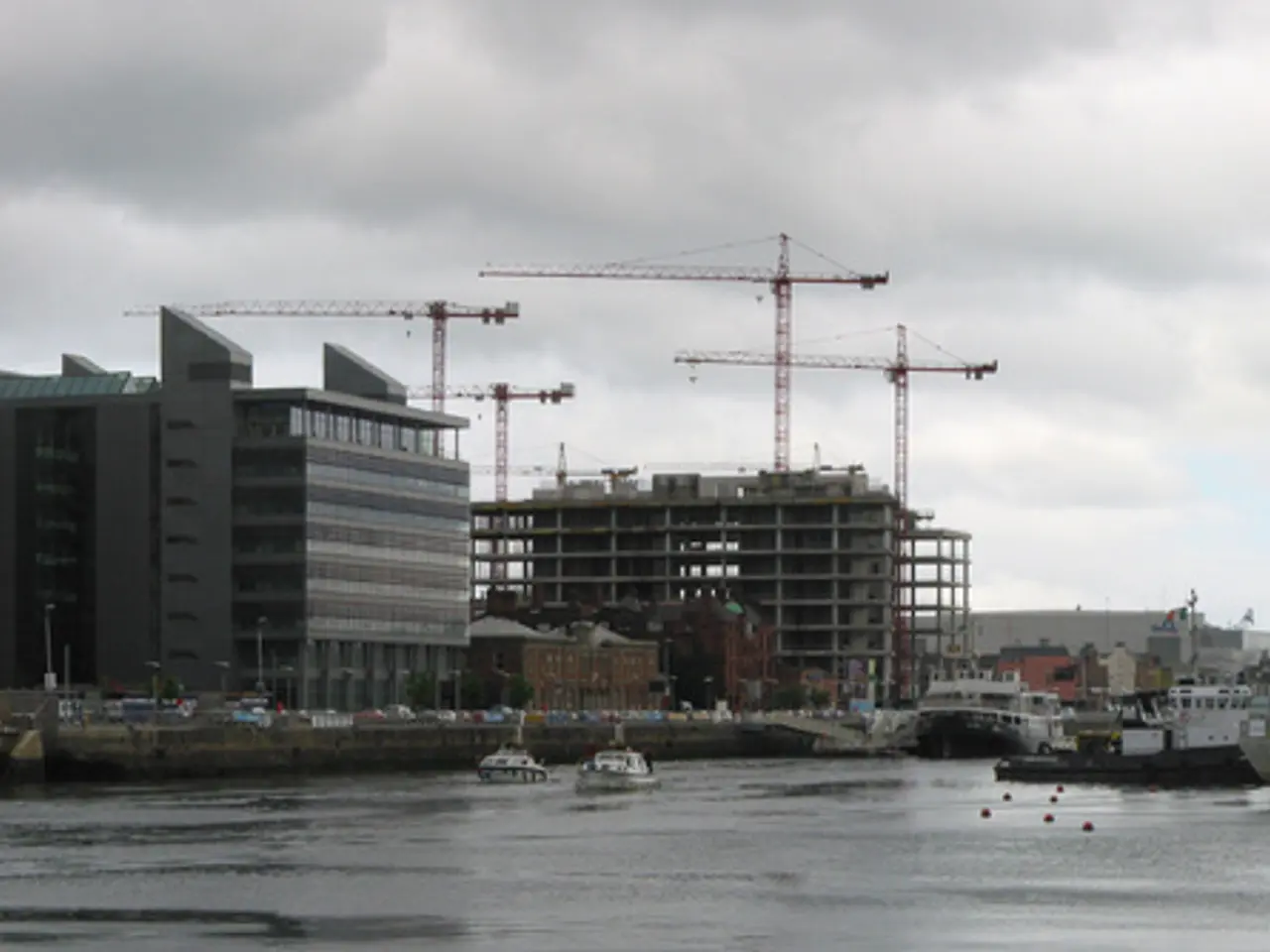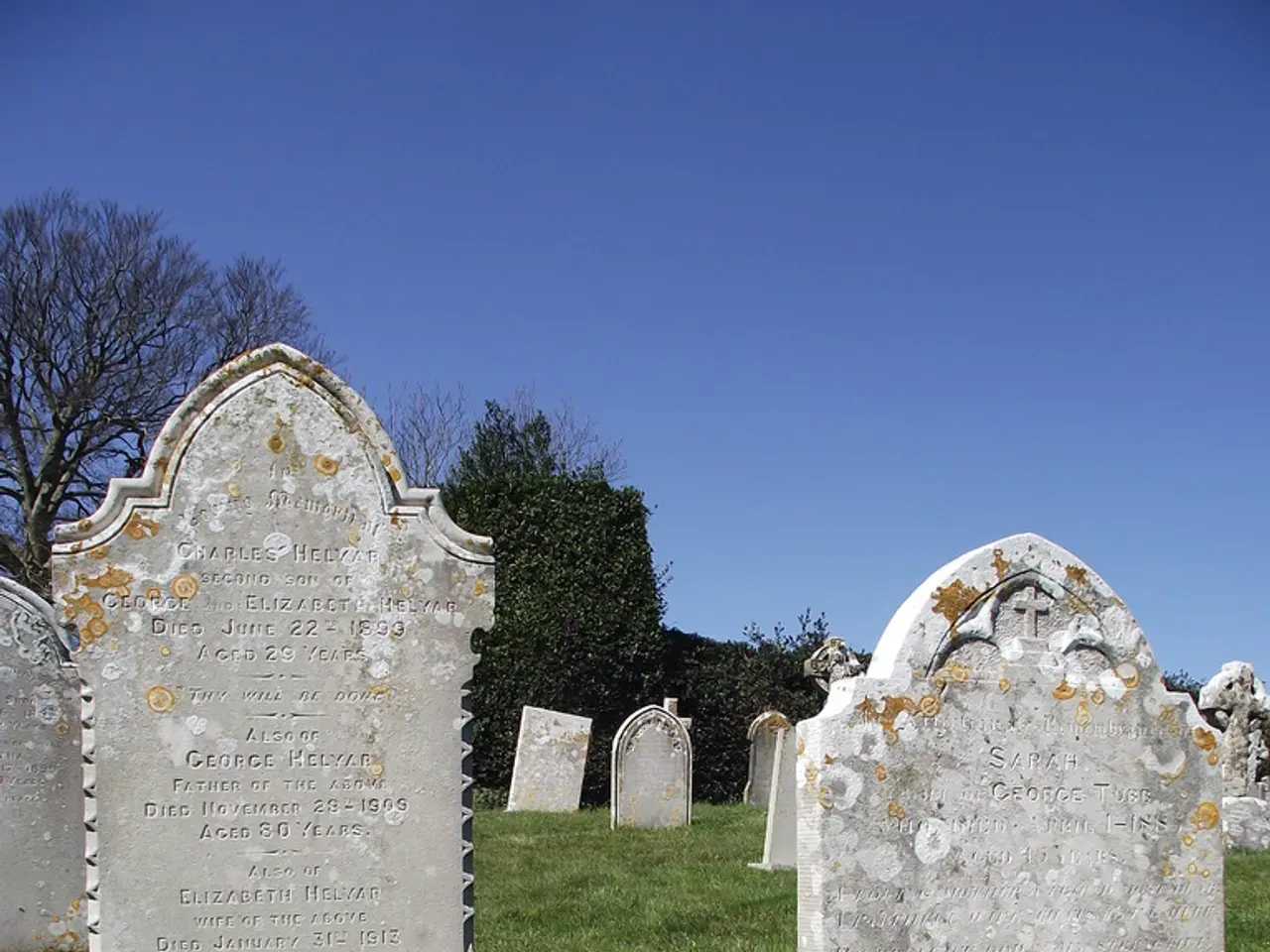Early Modern Scotland's Government and Population
The period from 1560 to 1707 in Scottish history was marked by significant changes, with the Scottish state undergoing substantial development. This era, culminating in the Acts of Union, saw religious upheaval, fluctuating monarchical power, evolving political structures, and shifting experiences for ordinary Scots.
Governmental Changes
The Scottish Reformation in 1560 established Protestantism and led to the creation of a Presbyterian Church that increasingly challenged royal authority in religious affairs. This set Scotland on a path toward religious and political pluralism. The Covenanting revolution (1638-41) exemplified this challenge, as Presbyterian Covenanters opposed attempts by monarchs to impose episcopacy, leading to civil wars and fluctuating regimes until the Restoration of Charles II.
During this time, King James VI raised taxes and established new officials and courts, marking a period of governmental change. Parliament House, a significant building in Scottish history, is depicted in a source provided in the article. Historians have debated the significance of James's reforms, with some seeing them as a 'revolution' and others viewing them as minor developments compared to changes in other European countries.
Role of the Monarch
The role of the Scottish monarch was complex and contested during this era. Monarchs like James VI (who became James I of England in 1603) attempted to enforce royal supremacy over church and state, often clashing with powerful Presbyterian bodies and political factions. The Restoration brought Charles II back to power but with continued resistance from Presbyterian Scots. The Glorious Revolution of 1688 and subsequent Williamite revolution in Scotland further redefined monarchy by confirming parliamentary supremacy and Protestant constitutionalism, limiting royal prerogative. By 1707, the monarchy functioned within a constitutional framework agreed between England and Scotland, marking the joint rule of Queen Anne over the newly formed Great Britain.
Experiences of Ordinary Scots
Ordinary Scots were deeply affected by these religious and political transformations. Religious conflict, particularly the Covenanting struggles, shaped social life, with many communities divided or violently involved in civil wars. The spread of Calvinist Presbyterianism influenced not only church attendance but also social norms, economic behavior, and political loyalties. The emergence of religious diversity and political parties later in the 17th century reflected broader social changes, although political participation remained limited to a small elite. The development of capitalism was linked to Calvinist work ethics and new social attitudes, transforming rural and urban economic life. While political voice was limited for most, their lives were shaped profoundly by the state's religious policies and conflicts.
The book, "The Scottish State and the Experience of Government, c. 1560-1707", invites Julian Goodare to contribute with a chapter titled 'State Power Revisited'. The book includes studies of the state's coercive force as well as its positive impacts on the Scottish people, such as remedying disputes and providing services. The book also explores governmental change after King James VI's death in 1625, the army's expansion during the reign of Charles II, and controversies generated by greater state power under William II and Anne.
The book also delves into specific cases, such as the prosecution of witches in Queensferry in 1643-4 and the famous North Berwick witch-hunt of the 1590s. It analyses the Maiden, a symbol of monarchy and power in Scotland, as depicted in the Monarchy and Power gallery at National Museums Scotland. The featured image for the book is The Acts made in the First Parliament of our most High and Dread Soveraigne Charles, published in Edinburgh in 1633.
Alasdair Raffe, the co-editor of the book, is a Senior Lecturer in History at the University of Edinburgh. He has published widely on religion, politics, and ideas in early modern Scotland and is the author of "Scotland in Revolution, 1685-1690". The book provides a comprehensive examination of the government in sixteenth- and seventeenth-century Scotland, focusing on its impacts on the Scottish people, the power of the monarch, and the understanding of the country's constitution and parliament.
- The 1560 Scottish Reformation, a significant event in Scottish history, established Protestantism and led to the creation of a Presbyterian Church, which not only challenged royal authority but also injected politics into religious affairs.
- The period from 1560 to 1707 saw the Scottish monarchy functioning within a constitutional framework, a transition that was marked by complex and contested roles for the monarch, as well as evolving political structures influenced by general news and events during this era.






